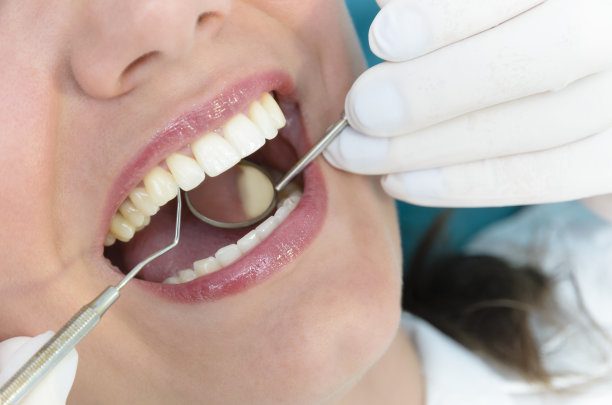The Essential Guide to Understanding the Process and Recovery of Extracting a Tooth for Pain Relief and Oral Health
Summary: Extracting a tooth can often be a necessary procedure for alleviating pain and promoting oral health. This guide delves into the essential aspects of tooth extraction, focusing on the reasons that warrant extraction, the step-by-step process of the procedure, recovery expectations, and aftercare practices that support optimal healing. By understanding these components, individuals can approach tooth extraction with confidence and care, ensuring better outcomes for their oral health. This comprehensive overview offers invaluable insights for patients and their families, empowering them to make informed decisions.
1. Understanding the Need for Tooth Extraction

Tooth extraction may be necessary for several reasons, often associated with pain, decay, or overcrowding. One common reason is severe tooth decay that compromises the integrity of the tooth. When a cavity penetrates deep into the tooth structure, it may become irreparable despite multiple attempts at restoration through fillings or crowns.
Another prevalent concern is periodontal disease, a condition characterized by the infection and inflammation of the gums. If left untreated, this can result in bone loss around the tooth, making extraction the most viable option to restore oral health. Additionally, wisdom teeth often require removal due to limited space in the jaw, leading to potential misalignment and subsequent complications.
Patient comfort and pain reduction are major factors influencing the decision to extract a tooth. Chronic pain caused by impacted teeth or infections can significantly affect a patients quality of life, making timely extraction essential for relief and overall well-being.
2. The Tooth Extraction Procedure Explained
The tooth extraction procedure typically begins with a thorough dental evaluation and imaging to assess the condition of the tooth and surrounding tissues. Depending on the tooths position and condition, the extraction may be classified as simple or surgical. Simple extractions involve teeth that are visible above the gum line, while surgical extractions are necessitated for teeth that have fractured or are impacted beneath the gums.
Once a plan is in place, anesthesia is administered to ensure the patient does not experience discomfort during the procedure. For simple extractions, local anesthesia usually suffices, while surgical extractions often require sedation to enhance comfort. After achieving numbness, the dentist carefully loosens the tooth using specialized instruments before extracting it from the socket.
After the extraction, the dentist will provide instructions regarding care to ensure proper healing. It’s essential for patients to understand what to expect during the procedure, as well as to communicate any concerns with their dental professional.
3. Recovery Process After Tooth Extraction
Recovery from a tooth extraction varies from patient to patient, but there are common experiences and timelines that can generally be anticipated. Immediately following the procedure, patients may feel some discomfort or mild pain. Over-the-counter pain medications, as advised by the dentist, can effectively manage this discomfort in most cases.
Swelling is also a common occurrence and usually peaks within 48 hours post-extraction. Applying an ice pack to the area can help reduce swelling and manage pain. Most patients are advised to rest for the first day and avoid strenuous activities to facilitate healing.
Pain and swelling typically subside within three to five days, although complete healing of the extraction site may take several weeks. Regular follow-up appointments may be necessary to ensure proper recovery and to monitor for any complications, emphasizing the importance of adhering to the dentists post-operative instructions.
4. Aftercare Tips for Optimal Healing
Following the extraction, proper aftercare plays a crucial role in recovery. Patients are usually advised to start with a soft diet, avoiding hard, crunchy, or spicy foods that could irritate the surgical site. Foods such as yogurt, smoothies, and mashed potatoes are excellent options during the initial days post-extraction.
Maintaining oral hygiene is also vital. However, patients should be cautious when brushing the extraction site, opting to avoid the area for the first few days to prevent dislodging the blood clot that forms. Rinsing gently with warm salt water can help keep the area clean while promoting healing.
Finally, patients should be vigilant for signs of complications such as excessive bleeding, prolonged pain, or fever. If any of these symptoms occur, seeking prompt attention from a dental professional is essential to ensure a swift resolution and safeguard oral health.
Summary:
Tooth extraction is a significant dental procedure that may become necessary due to reasons such as decay, periodontal issues, or overcrowding. Understanding the extraction process, recovery, and aftercare is crucial for fostering a smooth recovery and maintaining oral health. Informed patients are better equipped to manage expectations and take proactive steps toward healing.
This article is compiled by Vickong Dental and the content is for reference only.


